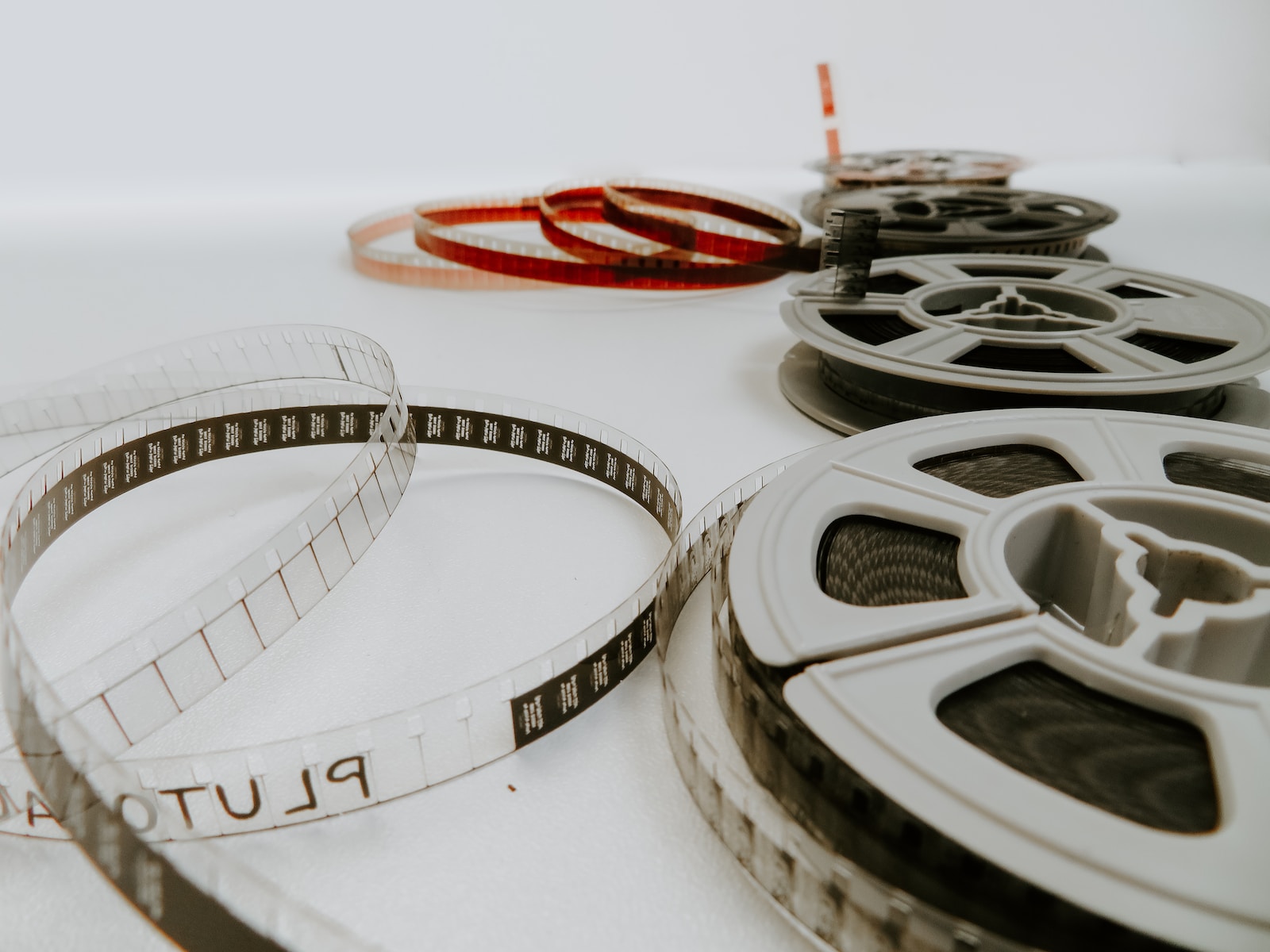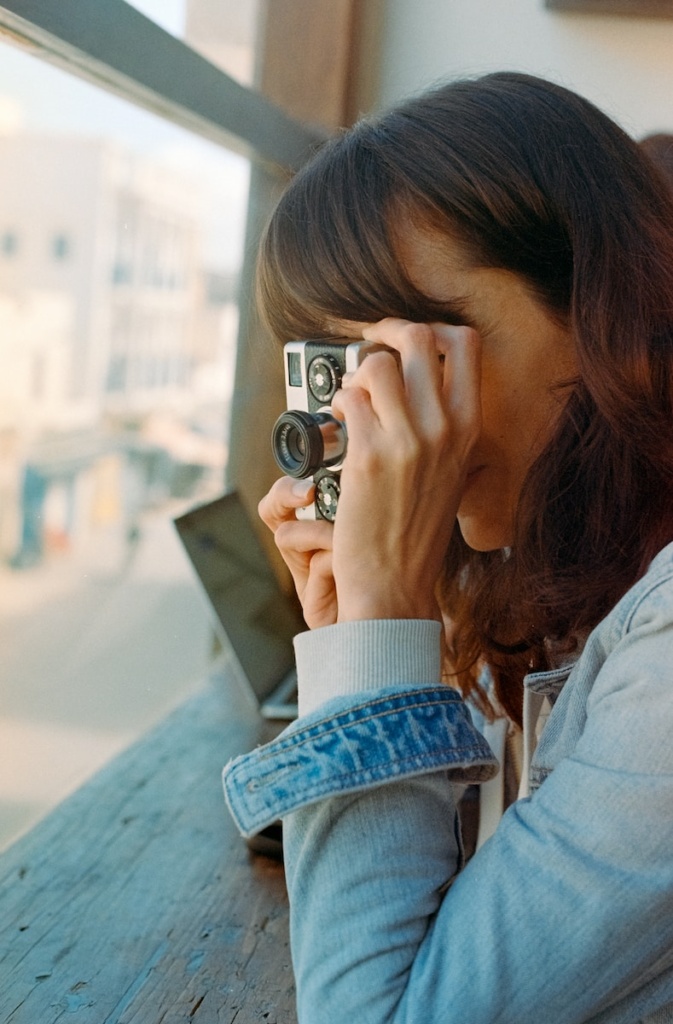
Buckle up, movie enthusiasts! We’re about to embark on a thrilling ride through the fascinating evolution of film technology. As someone who’s been immersed in the magic of movies for the past four years, I’ve watched the evolution of film tech unfold like scenes in a blockbuster – full of twists, turns, and unexpected innovations. So, grab your popcorn, and let’s rewind to where it all began.
The Silent Era: A Symphony of Celluloid

Picture this: the early 20th century, a time when silent films ruled the silver screen. Celluloid, a flexible and transparent film strip, was the hero of the show. Films like “The Birth of a Nation” (1915) and “Metropolis” (1927) were shot on this pliable material, creating a cinematic canvas that painted stories in black and white.
Celluloid had its quirks – it was prone to degradation, highly flammable, and required meticulous care. Imagine the nerves of filmmakers working with such delicate material. A sneeze near a film reel could have been disastrous!
The Roaring Twenties: Sound, Color, and Technicolor Dreams
Cue the jazz music and the Roaring Twenties! The silent era was about to get a serious upgrade. Enter synchronized sound, a technological leap that transformed the way audiences experienced movies. Al Jolson’s words in “The Jazz Singer” (1927) marked the dawn of a new era – “You ain’t heard nothin’ yet!”
But that wasn’t the only innovation. The dreamy hues of Technicolor burst onto the scene, turning black and white into a kaleidoscope of colors. “The Wizard of Oz” (1939) took us over the rainbow, showcasing the potential of this groundbreaking technology.
The Cinemascope Spectacle: Widescreen Wonders

As we waltz through the mid-20th century, cinemascope becomes the buzzword. The wide aspect ratio of Cinemascope offered a panoramic view that engulfed audiences in epic tales. Films like “Ben-Hur” (1959) and “Lawrence of Arabia” (1962) became visual spectacles, taking advantage of the expansive canvas to tell grand stories.
However, handling the larger film format had its challenges. The roar of the projectors and the sheer size of the film reels added a cinematic symphony of whirs and clicks to the movie-watching experience.
Enter the Evolution of Film Technology: A Quantum Leap
Fast forward to the late 20th century, where the digital revolution reshaped the landscape of filmmaking. The transition from celluloid to digital was akin to stepping out of a black and white film into a world of vibrant colors. George Lucas’s “Star Wars: Episode II – Attack of the Clones” (2002) was one of the early pioneers in embracing digital cinematography.
Digital offered filmmakers newfound freedom – no more worrying about film stock, and the ability to shoot in low light conditions opened up a world of creative possibilities. It was a game-changer, and soon, digital became the new norm.
CGI Magic: From Jurassic Park to Avengers

With digital technology firmly in place, filmmakers could now weave magic on the screen like never before. The advent of Computer-Generated Imagery (CGI) took us to worlds previously unimaginable. “Jurassic Park” (1993) brought dinosaurs to life, and the Marvel Cinematic Universe turned superheroes into household names with films like “The Avengers” (2012).
CGI wasn’t just a tool; it was a wizard’s wand, allowing filmmakers to conjure fantastical creatures, breathtaking landscapes, and mind-bending visuals. Who needs practical effects when you can create a digital army of orcs or send superheroes soaring through the sky?
Streaming and Beyond: The Netflix Revolution

As we hurtle into the 21st century, the way we consume movies has undergone yet another seismic shift. Streaming services like Netflix, Hulu, and Amazon Prime have disrupted the traditional cinematic experience. Now, films can be enjoyed from the comfort of your living room, and you can hit pause for a snack without missing a beat.
The rise of streaming platforms has also democratized filmmaking. Independent filmmakers can now find a global audience without the need for a traditional theatrical release. It’s a brave new world, and the remote control is the new magic wand.
Virtual Reality and Beyond: A Glimpse into the Future
As I gaze into my cinematic crystal ball, I see the future of film technology unfolding in even more exciting ways. Virtual Reality (VR) is knocking at the door, offering the potential for immersive storytelling that puts audiences right in the middle of the action. Imagine stepping into the world of “Inception” (2010) and experiencing those mind-bending scenes firsthand!
But the future isn’t just about technology; it’s about storytelling. Whether it’s celluloid, digital, or a blend of the two, the heart of filmmaking remains the ability to transport audiences to new worlds, elicit emotions, and tell stories that resonate across time and space.
In Conclusion: Lights, Camera, Innovation!
And there you have it – a whirlwind tour through the evolution of film technology. From the fragile beauty of celluloid to the digital wizardry of today, each era has brought its own magic to the silver screen. As we look back at the quirky charm of the silent era, the vibrant colors of Technicolor, and the CGI wonders of recent years, one thing is clear – innovation is the constant companion of cinema.
So, the next time you settle into your seat at the theater or queue up a film on your favorite streaming service, take a moment to appreciate the journey that brought us here. From the flickering shadows of the past to the dazzling pixels of the present, the evolution of film technology is a testament to the boundless creativity of those who dare to dream in frames per second.


